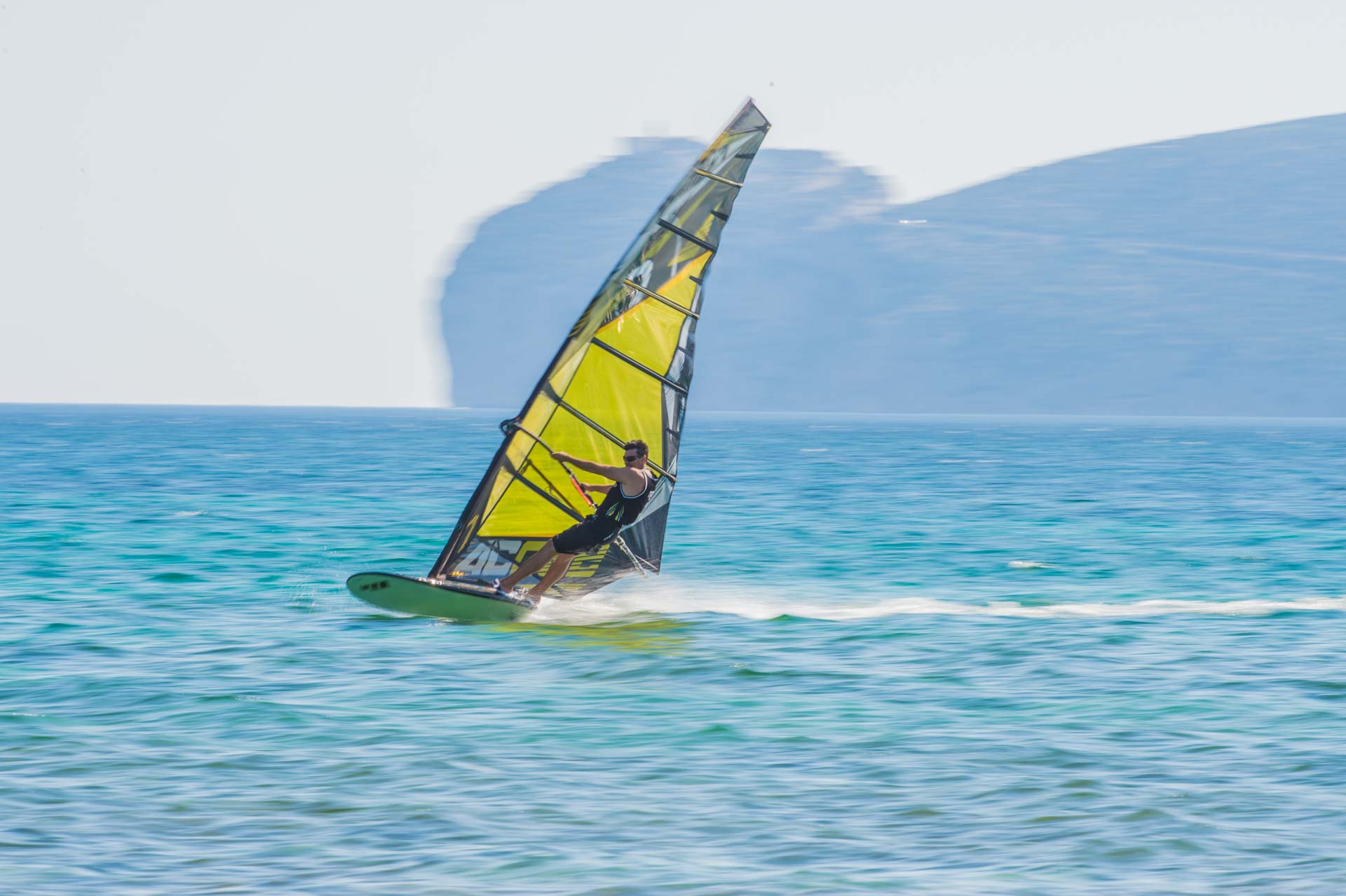- ZERO 26 – OVERVIEW
- SALTpro | PRO WAVE from €659
- SPY | FREESTYLEWAVE from €699
- SLASH | FREESTYLE from €599
- RUSH-1 | FREE SL from €689
- AC-0 | NO CAM RACE from €879
- AC-2 | 2 CAM RACE from Feb 026
- AC-3 | 3CAM RACING from €879
- AC-1 LTD | RACING from €1059
- F1 | FOIL RACING from Feb 026
- F0 | FOIL RACE NO CAM from Dic 025
- Q-BOND SAILS DETAILS
- QBOND DARK SERIES
- ZERO 25 – OVERVIEW
- SALTpro | THE WAVE from €649
- SPY | FREESTYLEWAVE from €659
- SLASH | FREESTYLE from €569
- AC-F | CROSSRIDE from €639
- AC-0 | NO CAM RACE from €749
- AC-2 | 2 CAM RACE from €789
- AC-1 | RACE SERIES from €839
- F1sl | FOIL PRO RACE from €999
- F1x | FOIL NO CAM RACE from €799
- SKOOL | EASY LEARNING
- S-LINE | RENTAL SAIL
- BLACK ARCHIVE
Black Tips 3# Boom Height

Are you 190 tall? Place your boom at 150. Are you 180 tall? Place your boom at 140.
This would be excessively easy!
The boom height is a very personal setting according to your ability, body structure, power, wind intensity, waves and of course if we plan to go more upwind or downwind, but not only. The way your gear is developed or tuned, also makes a difference to where the boom needs to be placed.
If a board rides high the boom has to go lower. If you board rides low, you need to higher the boom position.
The height varies according to the control and power you want to obtain while sailing on your gear. With the height of the boom, you can adjust these characteristics. It’s one of the three components together with the track position on the board, and with the harness lines length, which helps us trim our equipment to get the maximum efficiency between power and control.
According to our body height and weight, the boom height can change by few cm, but the concept is the same for everyone. Stand on your board and the range for the boom height is from your mouth to your lower chest. Therefore, we can easy have adjustments up to over 20cm.
The rule is simple: High boom= power. Low boom= control.
Why does the boom offer more power? It allows us to stay upright, and automatically the board rails more on the downwind rail. This allow pressing more on the fin and getting the max power out of these two components. This allows the board to fly more and be faster in lighter winds or to have better upwind.
Why does the lower boom offer less power? Lowering the boom is a bit like moving the track more forward. We move our weight more to the front leg, giving less pressure to the back leg, therefore to the fin and to the downwind rail. The board sits more flat, we sit more on the centre of the board depowering our gear. Therefore, if we lower the boom when we feel over powered it will be ideal for gaining extra control.
Normally on the light wind sails, so for the sails over 7.5 the best positioning is between shoulders to chin height. Between 7 to 8m sails, a good position around shoulder height going 2cm lower in case the wind gets very strong. From 6.5m to smaller sails, we tend to go around chest area, especially if the wind and water condition get tough. Even with a 10m sail, you can put your lower then shoulder height if you are being caught in a lot of wind, and on a 6.3, you can put the boom at mouth height if you are very underpowered.

Boom height varies more on wind intensity rather than wave conditions. For wave conditions, you will need to play more with the harness lines, but this we will take care next time.
Take a look at his photo of Anders Bringdal and Andrea Cucchi at the Defi wind. Both in over 40 knots of wind on 5.6 sails. Both are having very low booms. Under the midpoint of the boom opening and both are over 190 tall! (Harness lines are short as the water is flat so they don’t need more length to absorb the waves. Remember this for next time.)
Therefore, if these two big boys are sailing around on low booms, it does not mean that if you use a low boom you are a looser! The boom height is an important fact to play between power and control.
Some windsurfing boards are staying with their nose very high over the water and feeling very free, some with the nose lower and are feeling easier to control. On the board riding higher, it’s automatic that you will need to keep the boom lower, then a board which is more sticky and needs more lift from our trim.
When you think about it again, the boom height, the track positioning, the harness lines length are all instruments that we have to increase or decrease the power and control of our gear. So which component needs to be adjusted first? If you had read the second issue of our Black Team Tips, you can get a quick idea. Today we have learned that with the boom height you adjust your comfort and power according if the wind increases or decreases. In the next articles, we will go more in details to the harness lines and track positioning. All very important facts that allow you to balance the trim of your gear over the water surface and into the different wind strength which are making a difference between being fast as a real pro, to be the slowest and wasting a lot of strength on the water. The difference of the settings are centimetres, so it’s a matter of understanding why you are not comfortable, and without being lazy, getting back to the beach and adjusting the components.
Here a quick short list summary to be prepared for next issues before we go into details for those as well:
Strong wind: mast foot more forward than usual, boom lower. Harness lines long in case of waves or hard chop. Short in case of flat water.
Light wind: mast foot further back than usual, higher boom. Harness lines short in flat water, medium to short length in waves or chop.
While sailing you are feeling tired or have no control? Lower your boom.
Are you feeling slow and everything feels not reactive? Higher the boom.
You want to go upwind with more efficiency? Higher your boom.







